Posted on The Edvocate
A guest post by Frank Britt, CEO of Penn Foster
When an at-risk student graduates high school, it creates a significant and positive trickle-down effect: it de-risks a family unit and the power of example encourages friends to also become contributing members as high school finishers, and can be a catalyst for galvanizing a community, and even a single building or street.
At scale, it can help build work forces with higher productivity, leading to lower poverty and reduced crime rates.
What Drives (and Improves) Crime Rates in a Community?
Crime rates are linked to educational attainment, according to a 2013 report by the Alliance for Excellent Education. The report, entitled “Saving Futures, Saving Dollars: The Impact of Education on Crime Reduction and Earnings,” asserts that if male high school graduation rates increased by just 5 percent, the nation could save about $18.5 billion in annual crime expenses. The lower the education attainment levels, the higher the rates of arrest and incarceration.
Reforming school climates and increasing student engagement can help move vulnerable young people away from crime and prison and toward college and a career path, says President of the Alliance for Excellent Education Bob Wise. “The school-to-prison pipeline starts and ends with schools,” Wise said.
Why Should Businesses Care?
It seems like a given—the business community needs to be far more invested in high school–level engagement. To ignore this imperative is to tacitly endorse a model that results in “imperfect” candidates, or simply not enough supply for employers’ growing demand for skilled workers. In fact, this is a root cause of the front line labor shortages we’re seeing today.
Additionally, they are looking at a future generation of consumers with lowered employment and salary expectations—so that’s a real bottom-line consideration.
What can businesses be doing? Starbucks’ recent initiative to help mitigate college costs is one example of a major corporation taking an interest in educating employees. It is a great start, but assumes a steady supply of high school graduates. The time has arrived that the employers such as leading retailer’s shift from supporting high school completion for purposes of philanthropy to instead invest for business productivity reasons. This will become a mega-trend in next five-ten years as there will simply not be sufficient quantities of students to support the next generation of blue and grey color jobs.
Where Do We Start?
Experts affirm that a local-level change agenda is about reestablishing the character of an area. As Charles C. Haynes writes, “Schools are typically the conscience of a neighborhood.” Employers and even colleges are all likely to become even more active players in helping to address the local level completion gaps, and in second-chance adult learners will begin to have allies in their efforts to find on-ramps to higher education.
It starts with a school’s system-wide educational reform initiative that includes creating more diverse academic alternatives for students, such as blended learning and flipped classrooms. Education ultimately improves and strengthens a community, including bolstering the economic infrastructure and increases wages. It empowers people to take better control of their own destinies.
The byproduct is a greater social consciousness with positive consequences and a more prospering community.
Are you ready?
